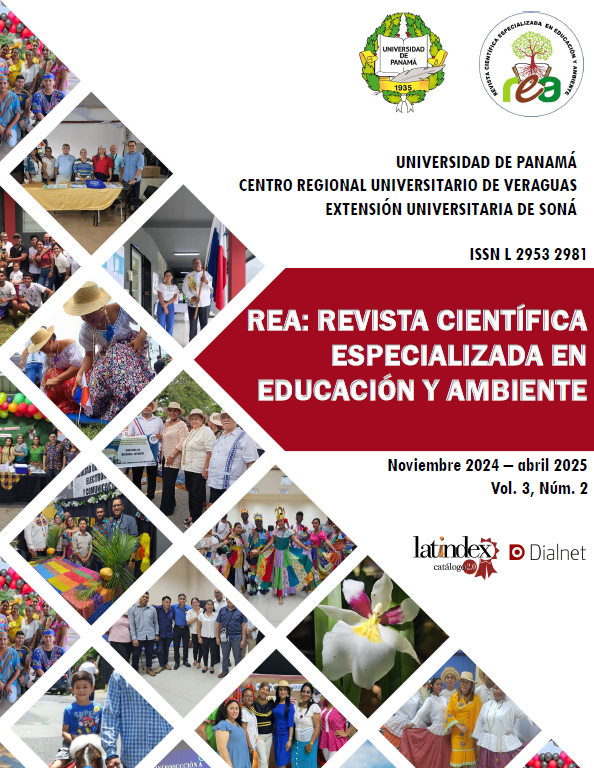

This article explores the main teaching strategies for teaching children's stories, with the aim of identifying effective approaches that promote comprehensive learning in various educational contexts. Through a qualitative literature review of 35 major studies published in the last 10 years, methods such as collaborative storytelling, dramatization, the use of technology and reading aloud were analyzed. The results highlight that collaborative storytelling and dramatization foster creativity, teamwork, and the development of social and emotional skills. The use of technologies such as e-books expands learning opportunities but requires adequate teacher training to avoid distractions. Likewise, reading aloud remains a fundamental strategy for modeling reading comprehension. In conclusion, flexibility and adaptation of these strategies to the needs of students are essential to maximize their effectiveness. It is crucial to balance the use of technology with human interaction and promote collaborative and reflective environments in the classroom.